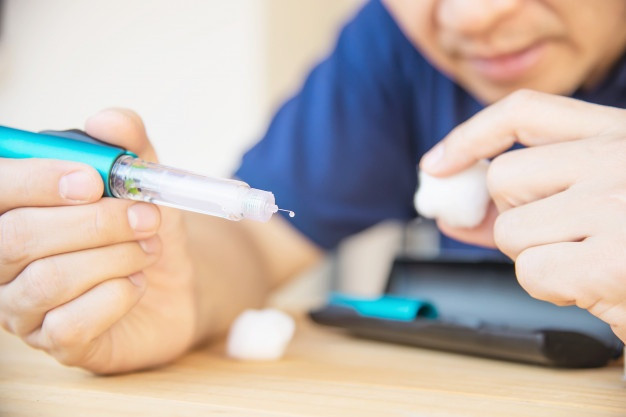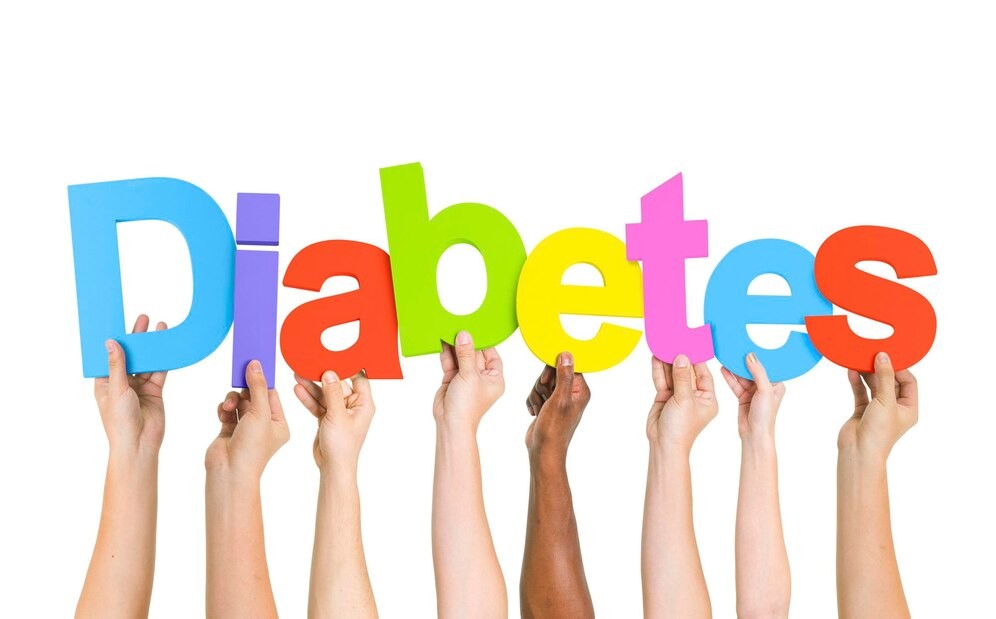Type 2 diabetes is a chronic condition that cannot be cured. However, proper treatment can help control blood sugar levels and prevent complications.
One class of medications commonly used to treat type 2 diabetes are SGLT-2 inhibitors like empagliflozin. These drugs block glucose reabsorption in the kidneys, increasing urine glucose excretion and lowering blood glucose levels.
How does empagliflozin function as a medication, and what is it?
Empagliflozin belongs to a class of drugs called SGLT-2 inhibitors. This medication works by preventing the action of a protein called SGLT-2, responsible for glucose reabsorption by the kidneys. When SGLT-2 is inhibited, empagliflozin prevents the kidneys from reabsorbing most of the glucose filtered from the blood into the urine, decreasing blood glucose levels.
One way to lower blood sugar levels is to reduce the amount of glucose absorbed by the kidneys, which can be achieved by increasing excretion through urine.
Empagliflozin is a diabetes drug that helps to lower blood sugar levels using a different mechanism compared to other diabetes drugs like metformin or sulfonylurea. It can be used as an initial therapy or an additional therapy option for managing blood sugar levels in patients with type 2 diabetes.
Instructions for using empagliflozin
Empagliflozin is usually taken orally once daily in the morning, with or without food. This drug needs to be taken at the same time every day to maintain consistency in drug use.
Each individual's required dose of empagliflozin may differ. It is essential to seek advice from a medical professional and read the instructions on the prescription label before taking it. It is not advisable to alter your dosage or drinking routine without first consulting a doctor.
If you forget to take your medication at the scheduled time, take it as soon as you remember. However, do not take a double dose if it's almost time for the next dose. Instead, continue with your regular dosing schedule.
Read more: Symptoms Felt When Blood Sugar Levels Are High
Side effects of taking empagliflozin
Several side effects have been reported after using empagliflozin, including:
Allergic reactions
It is crucial to be aware of the signs of allergic reactions, which include skin rashes, itching, and swelling of the face, lips, tongue, and throat. If you experience any of these symptoms, it is essential to seek immediate medical attention. Allergic reactions can be serious and require prompt treatment.
Dehydration
Consuming empagliflozin can cause symptoms of dehydration such as increased thirst, dry mouth, headaches, dizziness, dark yellow or brown urine and fainting.
Diabetic ketoacidosis
Diabetic ketoacidosis is a severe medical condition that often affects people who have diabetes. This condition occurs when the body starts breaking down fat at a rapid rate, leading to the production of acidic byproducts called ketones. These ketones in the blood can cause it to become too acidic, which can be life-threatening.
Diabetic ketoacidosis is characterized by increased thirst, urine output, dry mouth, fatigue, difficulty breathing, fruity odor on the breath, abdominal pain, nausea or vomiting.
Read more: Diabetic Dermopathy, Skin Conditions Often Experienced By Diabetes Patients
Fungal infections in the genital area
Fungal infections are common among people taking empagliflozin. This condition is characterized by several symptoms, such as:
- Itching and irritation of the vagina and vulva
- Burning sensation, especially during intercourse or urination
- Redness and swelling of the vulva
- Pain in the vagina
- Vaginal rash
- Vaginal discharge that is thick and smells bad
Changes in the skin
Other side effects may be experienced changes in the skin, including pain, discoloration such as redness or blackness, unusual wounds, boils or abrasions, and skin infections, especially on the legs and feet.
Urinary tract infection (ISK)
UTI is also one of the side effects of consuming empagliflozin. The following symptoms usually characterize UTIs:
- Pain in the pelvis, abdomen, or lower back
- Pressure on lower hips
- Urine is cloudy and smells bad
- Bedwetting
- Frequent urination
- Difficulty holding urine
- Pain when urinating
- In men, accompanied by pain in the penis
- Fatigue
- Fever
- Shivering
- Nausea and vomiting
- Confusion
It is crucial to adhere to the instructions provided by your doctor while taking empagliflozin to avoid any potential side effects. Do not alter the dosage or consumption schedule unless you consult your doctor. If you observe any changes in your body or experience any signs of side effects, seek immediate medical consultation from your doctor. Download the Ai Care app from the App Store or Play Store to access health consultation services.
Want to know more information about other diseases? Click here!
Cleveland Clinic (2024). Empagliflozin Tablets. Available from: https://my.clevelandclinic.org/health/drugs/20359-empagliflozin-tablets
Medline Plus (2024). Empagliflozin. Available from: https://medlineplus.gov/druginfo/meds/a614043.html
NHS UK (2023). About empagliflozin. Available from: https://www.nhs.uk/medicines/empagliflozin/about-empagliflozin/
Mayo Clinic (2023). Type 2 diabetes. Available from: https://www.mayoclinic.org/diseases-conditions/type-2-diabetes/symptoms-causes/syc-20351193
Inderbir S. Padda, et all (2023). Sodium-Glucose Transport Protein 2 (SGLT2) Inhibitors. Available from: https://www.ncbi.nlm.nih.gov/books/NBK576405/
Medline Plus (2023). Diabetic ketoacidosis. Available from: https://medlineplus.gov/ency/article/000320.htm
Mayo Clinic (2023). Yeast infection (vaginal). Available from: https://www.mayoclinic.org/diseases-conditions/yeast-infection/symptoms-causes/syc-20378999
Cleveland Clinic (2023). Urinary Tract Infections. Available from: https://my.clevelandclinic.org/health/diseases/9135-urinary-tract-infections











